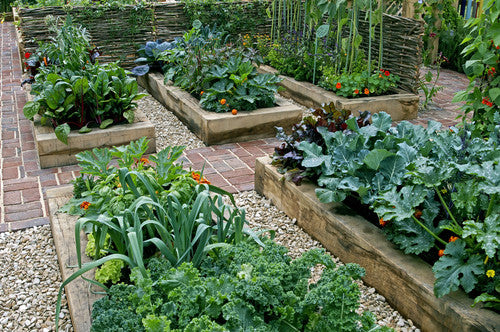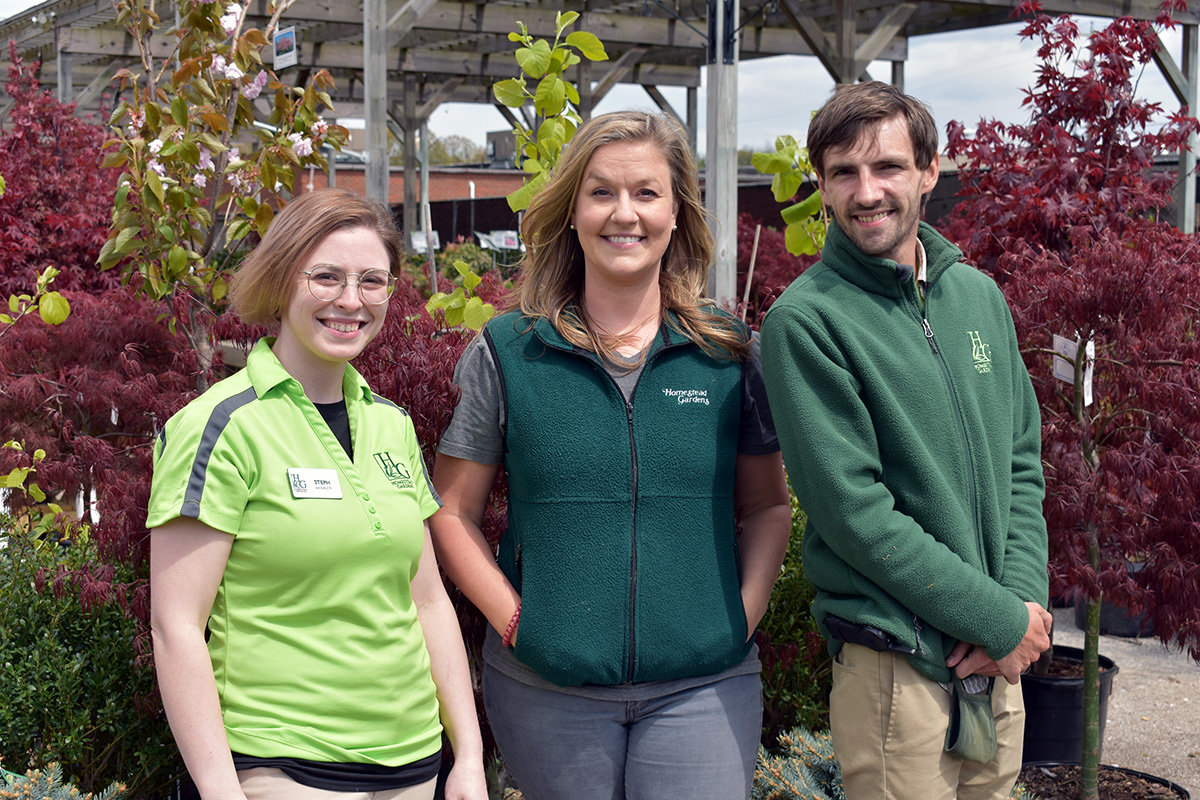Learn How to Grow a Prospering Horticulture Setting for All Ability Degrees
Creating a growing yard is a complex undertaking that can be welcomed by individuals at any kind of skill level. By taking a look at key components such as dirt health, appropriate plant option, and seasonal treatment routines, one can develop a sustainable horticulture practice that produces enjoyable outcomes.
Comprehending Your Yard Space
In the world of horticulture, recognizing your yard room is paramount to growing a growing landscape (Homestead Gardening). The initial action in this endeavor involves evaluating the certain characteristics of your story. Factors such as soil composition, sunlight exposure, and water drainage play important roles in determining the viability of your yard for numerous kinds of plants
Begin by conducting a soil test to examine pH degrees and vitamins and mineral content, which will inform any required changes. Furthermore, observe just how much sunshine your room obtains throughout the day. Various plants have differing light demands; some prosper completely sunlight, while others like complete or partial color.

Finally, examine the readily available area and plan accordingly. This includes considering plant elevations and infected ensure adequate room for growth without congestion. By obtaining an extensive understanding of your yard space, you set the foundation for an effective gardening experience.
Picking the Right Plant Kingdoms
Picking the right plants for your garden calls for cautious factor to consider of various elements, consisting of climate, soil problems, and individual preferences. Begin by examining your regional environment, as certain plants grow specifically temperature ranges and weather condition patterns. For example, tropical plants might not make it through in chillier regions, while durable perennials can hold up against severe winters months.

Consider your individual preferences, consisting of aesthetic appeal and maintenance degrees. Decide whether you favor dynamic blossoms, lush foliage, or edible plants. Additionally, consider the time and initiative you agree to buy plant treatment, as some varieties demand even more attention than others.
Finally, consider the yard's format and light exposure. Sunlight patterns throughout the day will certainly affect your choices-- some plants need complete sun, while others flourish in color. By attentively evaluating these aspects, you can develop a harmonious and efficient yard tailored to your setting and preferences.
Necessary Horticulture Devices
A well-equipped gardener can substantially improve their horticulture experience and end results. Crucial gardening devices are basic to growing an effective yard, despite ability degree. Initially, a strong spade is very useful for excavating and transforming dirt, while a trowel permits exact planting and transplanting of smaller plants.
Trimming shears are crucial for preserving plant health and wellness by removing dead or overgrown branches, advertising much better air flow and growth. In addition, a hand rake is valuable for getting rid of debris and aerating the dirt, making sure optimal conditions for plant origins.
Gardening gloves protect hands from sores, chemicals, and thorns, making them an essential device. A watering can or hose pipe with a flexible nozzle guarantees that plants obtain ample dampness without overwatering.
Finally, consider purchasing a durable wheelbarrow for transferring dirt, plants, and tools around the yard effectively. By assembling a top quality toolkit that includes these essential products, gardeners can tackle different jobs with confidence and ease, leading the way for a growing gardening setting. Keep in mind, the right tools not just enhance efficiency however also improve the total enjoyment of the horticulture process.
Soil Prep Work and Maintenance
Quality soil is the foundation of a successful garden, making appropriate prep work and upkeep vital for healthy and balanced plant development. Based on the examination results, modifications can be made to maximize soil conditions for certain plant requirements.
Incorporating natural matter, such as garden compost or well-rotted manure, is necessary for boosting soil framework and fertility. This not only improves nutrition schedule yet also advertises helpful microbial activity. In addition, proper drainage is important; heavy clay soils might require the enhancement of sand or perlite to enhance oygenation.
Routine maintenance of dirt health consists of mulching, which conserves moisture and reduces weeds. Turning crops annually assists stop nutrient deficiency and click here now lowers parasite and disease risks. It is likewise crucial to stay clear of over-tilling, which can disrupt dirt structure and damage useful microorganisms.
Inevitably, a constant dedication to dirt prep work and maintenance will certainly bring about a prospering garden, making certain that plants receive the important nutrients they require for robust development and efficiency.
Seasonal Treatment and Management

In spring, focus on planting new seeds and seed startings, while additionally conducting dirt examinations to amend nutrient deficiencies. On a regular basis check for pests and illness, as these can proliferate with the warming weather. Summer season needs regular watering and mulching to retain wetness, along with trimming for much better air flow.
As fall methods, it's time to prepare the yard for inactivity. This consists of gathering crops, cleaning up debris, and using a layer of mulch to safeguard plant roots from frost. Take into consideration growing cover plants to improve the soil throughout the winter months.
Last but not least, winter season treatment is critical. Evaluate structures like greenhouses for damages and guarantee proper insulation for delicate plants. Frequently keep an eye on for parasites that find might seek refuge inside your home. By adjusting your gardening techniques to the seasonal cycles, you can cultivate a flourishing setting that sustains plant health year-round.
Final Thought
In verdict, cultivating an effective yard needs a thorough understanding of necessary principles such as soil structure, sunlight direct exposure, and appropriate plant selection. Carrying out effective soil preparation and upkeep strategies, in addition to using the right devices, fosters an optimal expanding atmosphere. Regular seasonal care and management methods further improve plant wellness and performance. By adhering to these foundational guidelines, individuals at all More Info skill levels can attain a flourishing garden that contributes to both aesthetic satisfaction and environmental sustainability.
Picking the right plants for your yard requires careful factor to consider of different factors, consisting of climate, dirt problems, and personal choices. Conduct a soil examination to figure out pH levels and nutrition web content, which will certainly direct you in picking plants that will prosper in your garden.Last but not least, think about spending in a durable wheelbarrow for transferring dirt, plants, and tools around the garden successfully.Quality soil is the structure of an effective garden, making correct preparation and upkeep essential for healthy and balanced plant development. Homestead Gardening.In final thought, growing a successful garden calls for a comprehensive understanding of necessary concepts such as soil structure, sunshine exposure, and suitable plant option